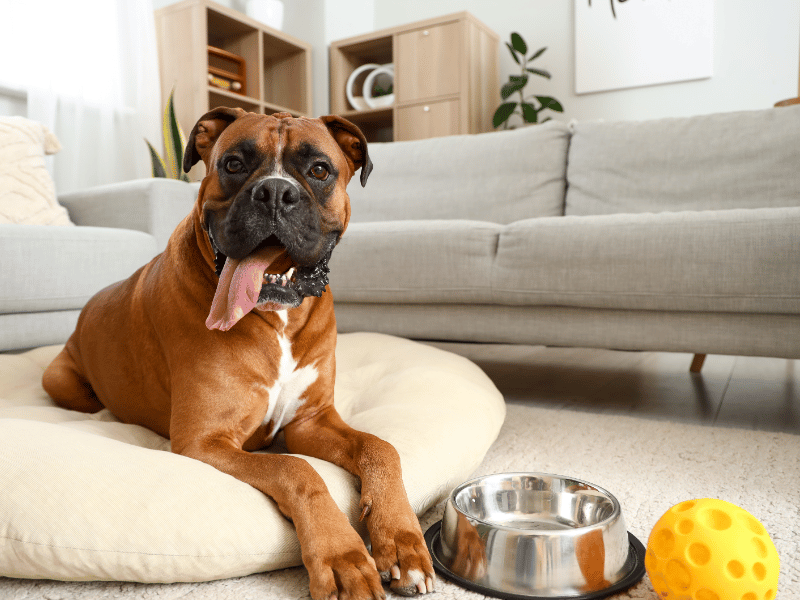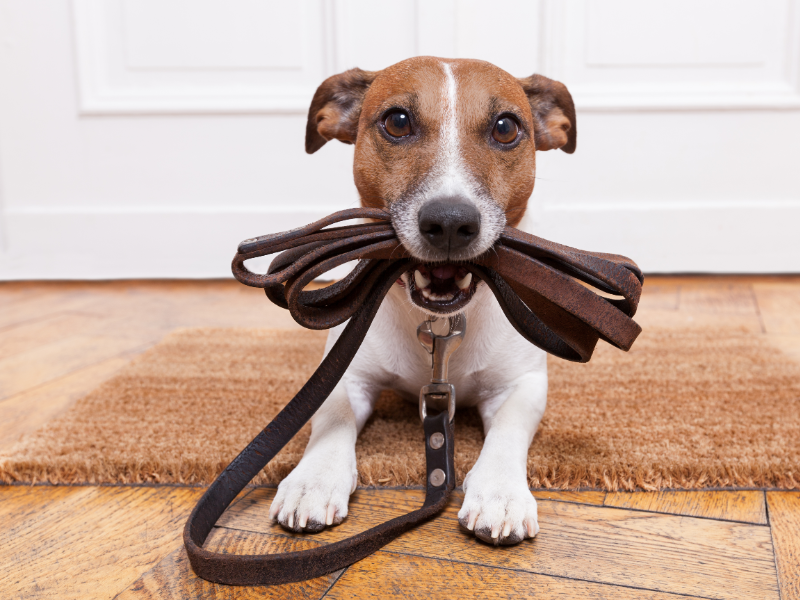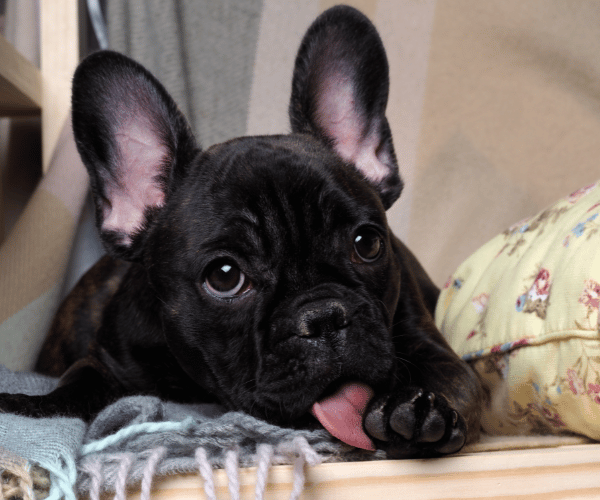All About Tails!
Just like humans, dogs come in all shapes and sizes. But one thing that all dog breeds have in common is a tail! They come in all shapes and sizes, and they're all absolutely adorable. But beyond just being cute, your doggo's tail actually serves some important functions. It's used as a way to communicate their emotions, balance their body, and even helps them to keep cool. In this post, we'll explore everything there is to know about dog tails so that you can better understand your furry friend.

Facts and Curiosities About Dog Tails:
Did you know that the average dog wags their tail between 40 and 80 times per minute? That's a lot of wagging! But did you also know that the direction of the wag can actually tell you a lot about how your dog is feeling? A wag to the right usually means that they're happy and relaxed, while a wag to the left usually means that they're feeling stressed or anxious. If your dog is wagging their tail in a circle, it usually means they're excited or playful. And if their tail is just hanging down and not wagging at all, it usually means they're feeling scared or submissive. Your dog's tail is also important for their balance.
Tail Differences Between Dog Breeds:
Not all dog tails are created equal! In fact, there are actually quite a few tail types that you might see on different dog breeds. Here are some of the most common tail types:
- Bulldog: Bulldogs have what's called a screw tail, which is when their tail curls up tightly towards their body.
- French Bulldog: French Bulldogs have a similar tail type to Bulldogs, but theirs is usually shorter and not as tightly curled.
- Pug: Pugs have a double curl tail that forms two loops.
- Boston Terrier: Boston Terriers have a short tail that is either straight or slightly curved.
Major Characteristics:
In addition to the different types of tails, there are also different characteristics that you might see on a dog's tail. Here are some of the most common tail characteristics:
- Inverted tail: This is when the dog's tail is turned inwards towards their body and points downwards. This is most commonly seen in Bulldogs.
- Corkscrew tail: This is when the dog's tail forms a tight spiral. This is most commonly seen in Pugs, Pomeranians and Bichon Frises.
Common Tail Issues in Dogs:
Just like any other part of their body, dog tails can sometimes experience problems. Some of the most common tail issues in dogs include:
- Broken tail: A broken tail is usually the result of an injury and can cause your dog a lot of pain. If you think your dog has a broken tail, it's important to take them to the vet as soon as possible.
- Hot spots: Hot spots are areas of irritated skin that can be caused by anything from allergies to fleas. They're usually red, swollen, and painful for your dog. If you notice a hot spot on your dog's tail, it's important to take them to the vet so they can get treatment.
- Infections: Dogs can sometimes get infections in their tails, which can cause them a lot of pain and discomfort. If you notice your dog's tail is red, swollen, or seems to be causing them pain, it's important to take them to the vet so they can get treatment.
- Tail pocket Infection: Tail pockets are the skin folds that bulldogs and other short tail breeds have at the base of their tails. These skin folds can trap moisture, dirt, and bacteria. If not cleaned regularly, tail pockets can become infected.
Special Care:
Because dog tails are so susceptible to problems, it's important to take special care of them. Here are some tips for taking care of your dog's tail:
- Keep their tail clean and free of dirt, debris, and any other irritants.
- Inspect their tail regularly for any signs of hot spots, infection, or other issues.
- Take them to the vet if you notice any changes in their tail or if they seem to be in pain.
To avoid a tail pocket infection, keep the area clean and free of debris and moisture which can easily be trapped in the pocket and cause bacteria to build up and form an infection. Use Squishface Wrinkle Wipes to clean in and around the area until all the dirt and debris have been removed. Be gentle when cleaning this area as it can easily become irritated and sensitive. Follow up with Squishface Wrinkle Paste in the area. Wrinkle Paste forms a water-repellent barrier on the skin surface which keeps moisture, yeast, fungus, and other bacteria away.
The Bottom Line:
Dog tails are cute, but they also serve a major purpose, therefore it's important to add it as part of your dog care routine so that they can stay healthy and happy. If you have any concerns about your dog's tail, it's always best to talk to your vet.


